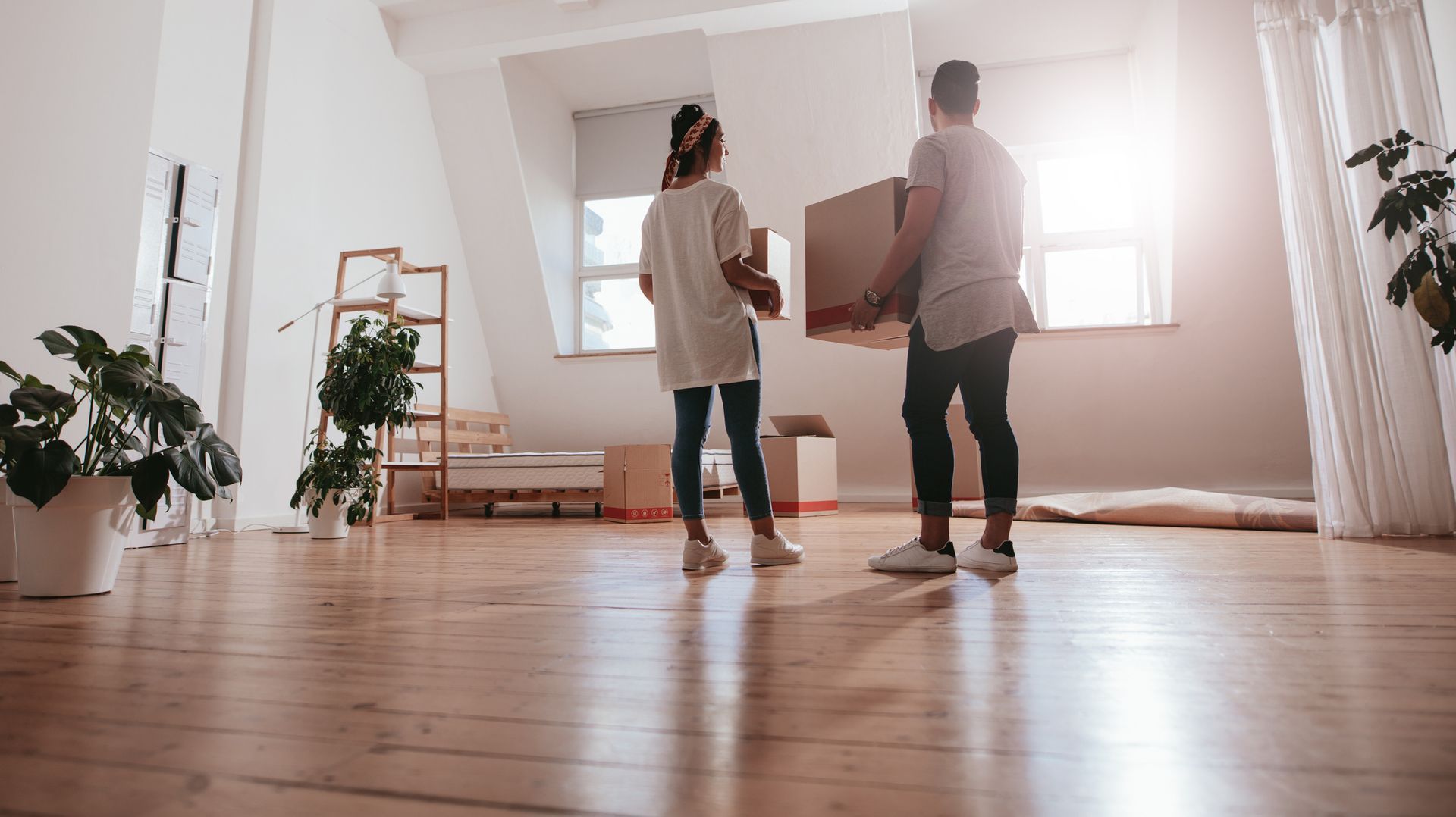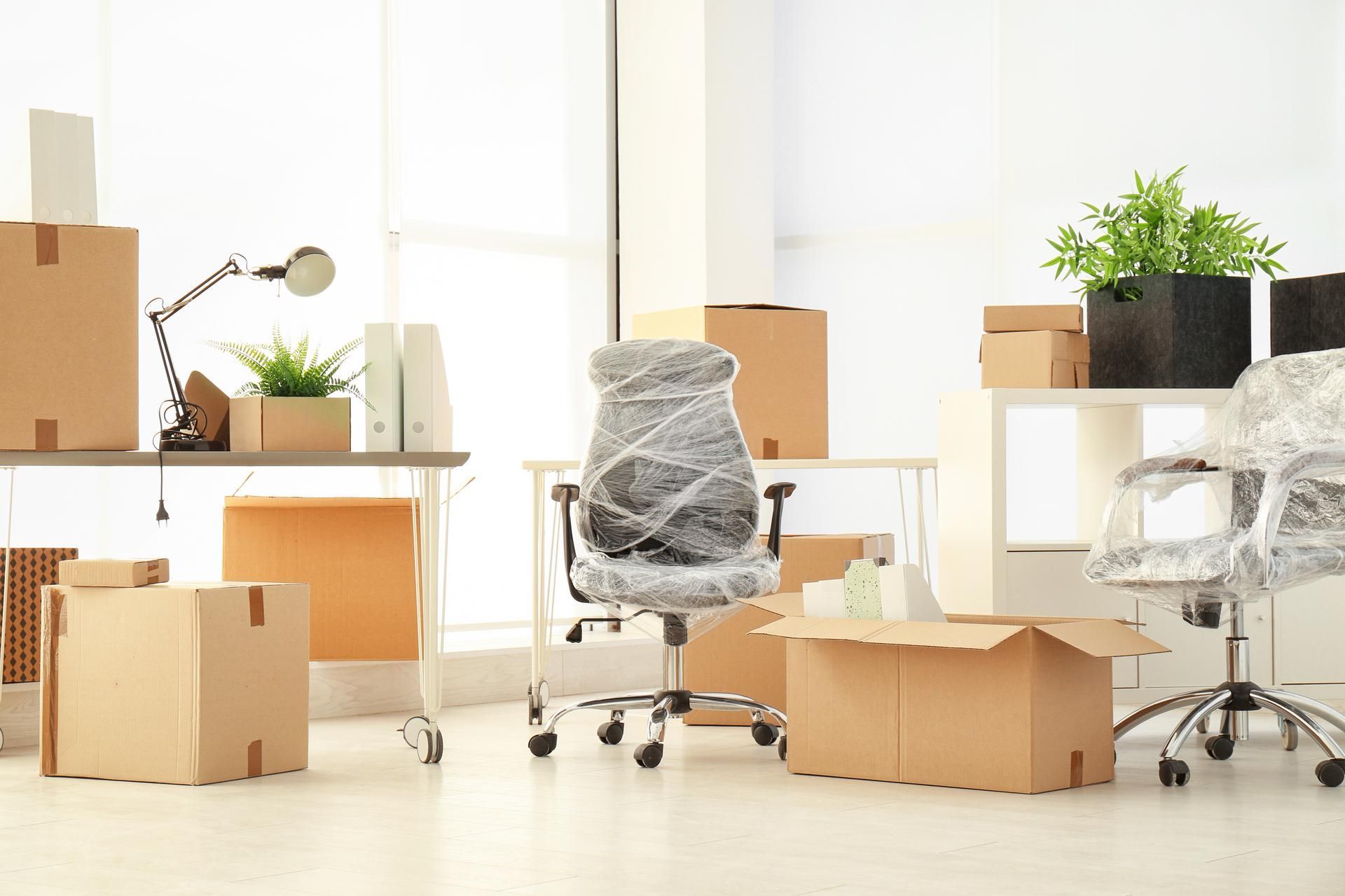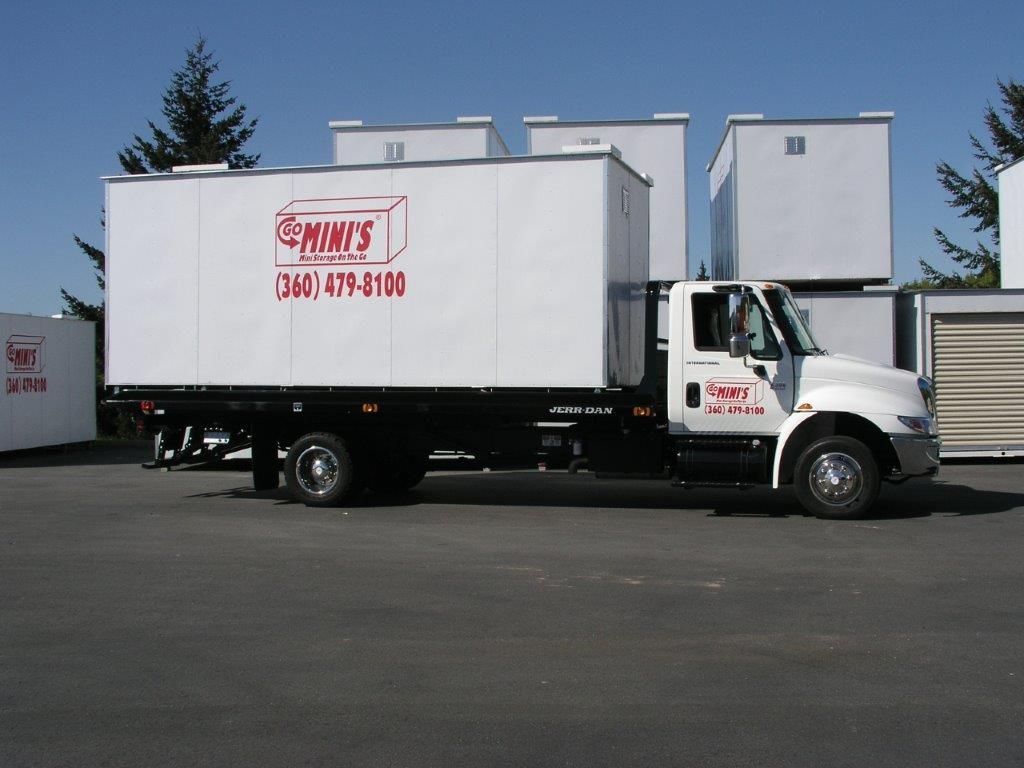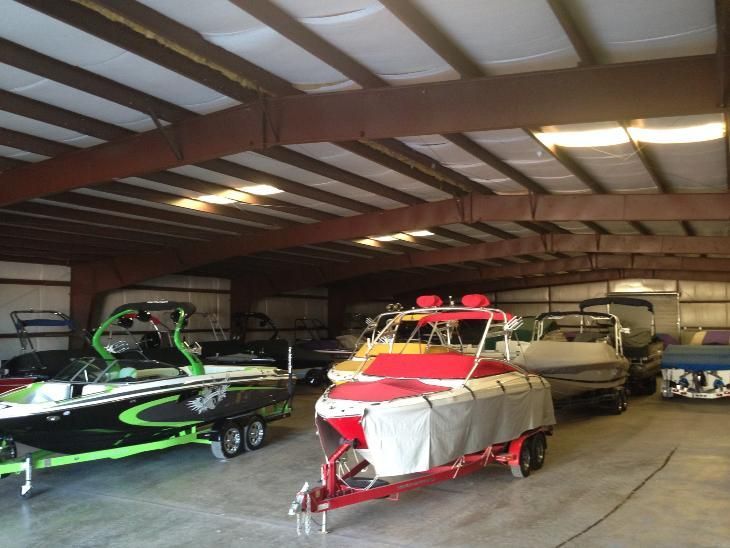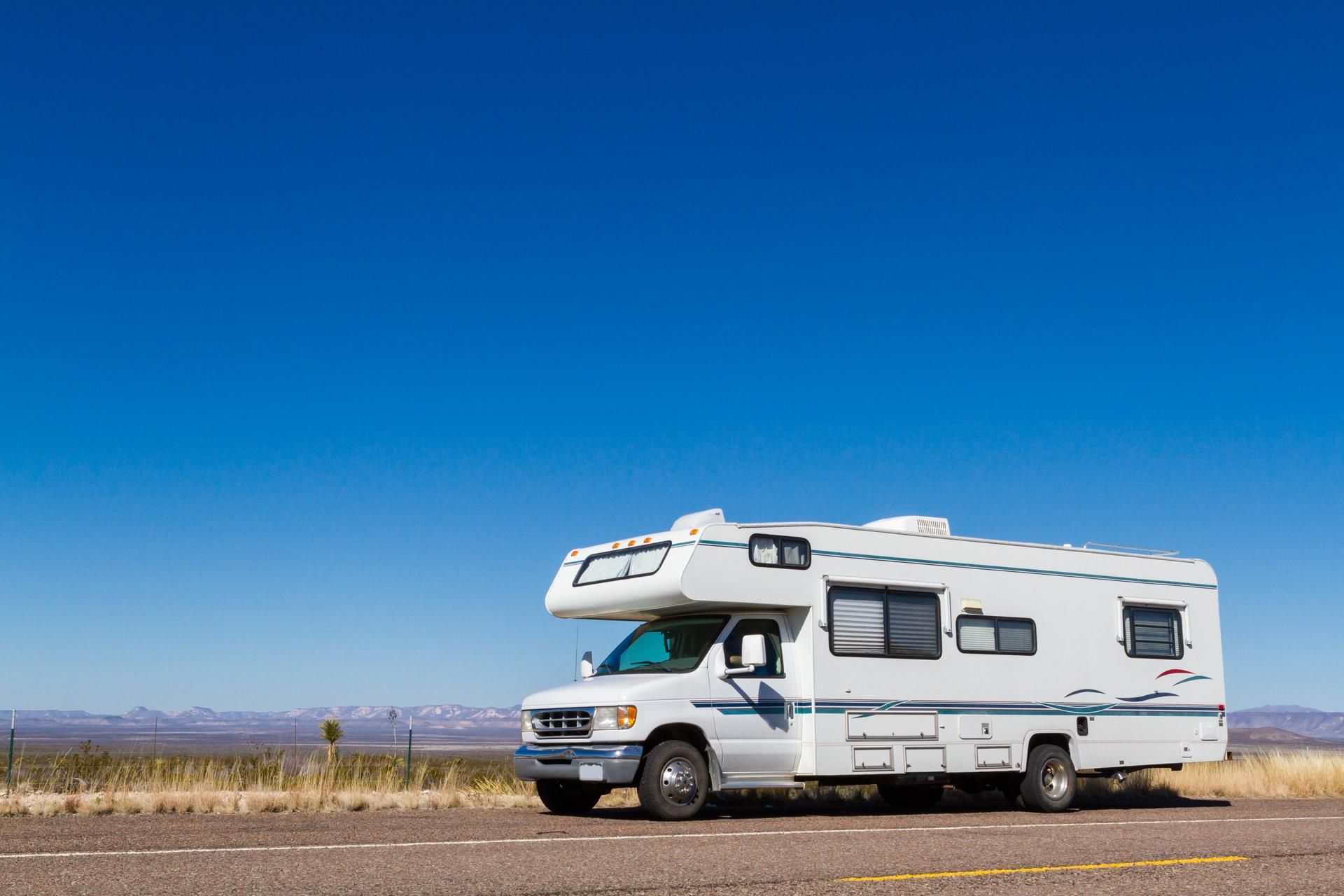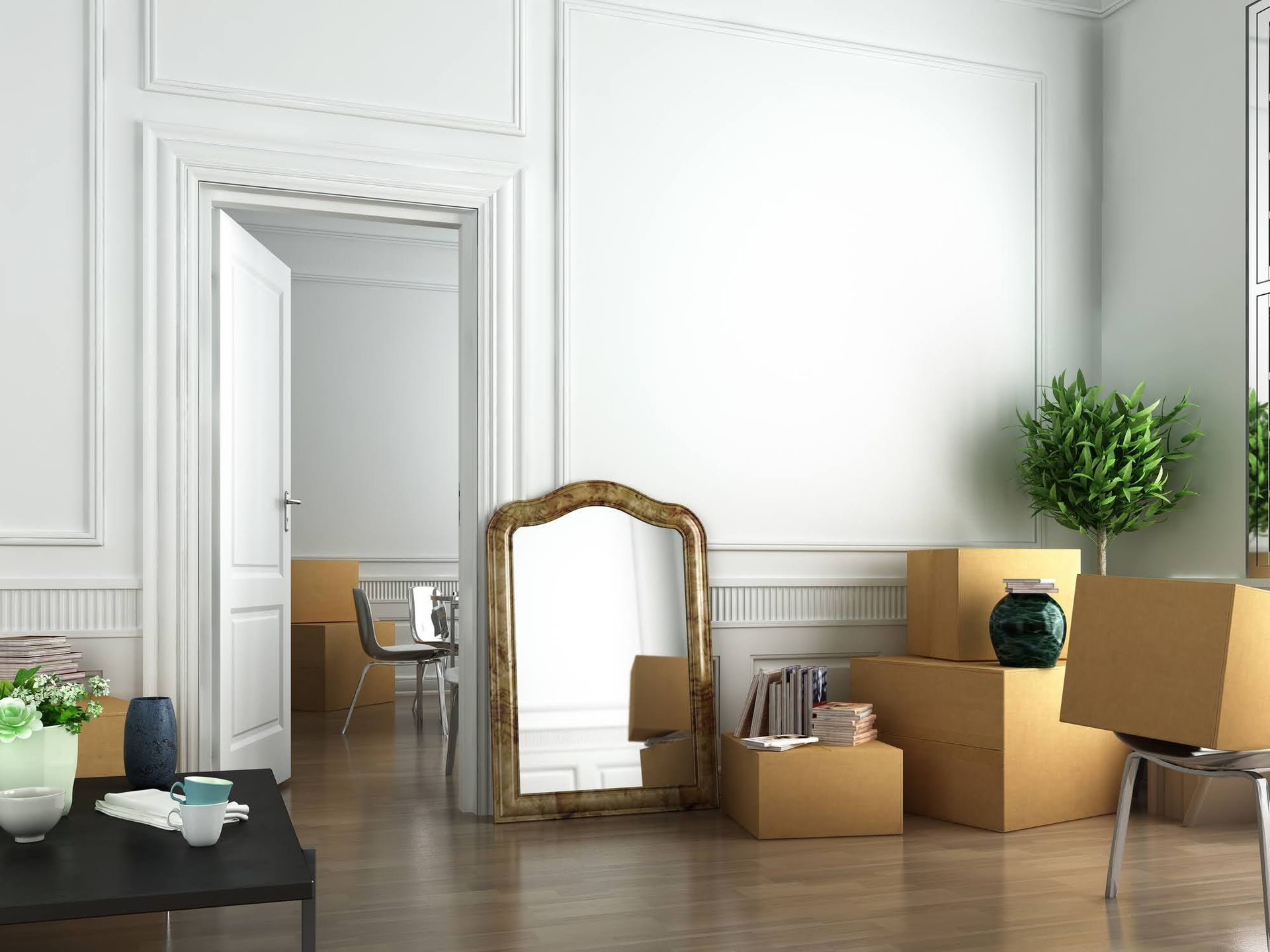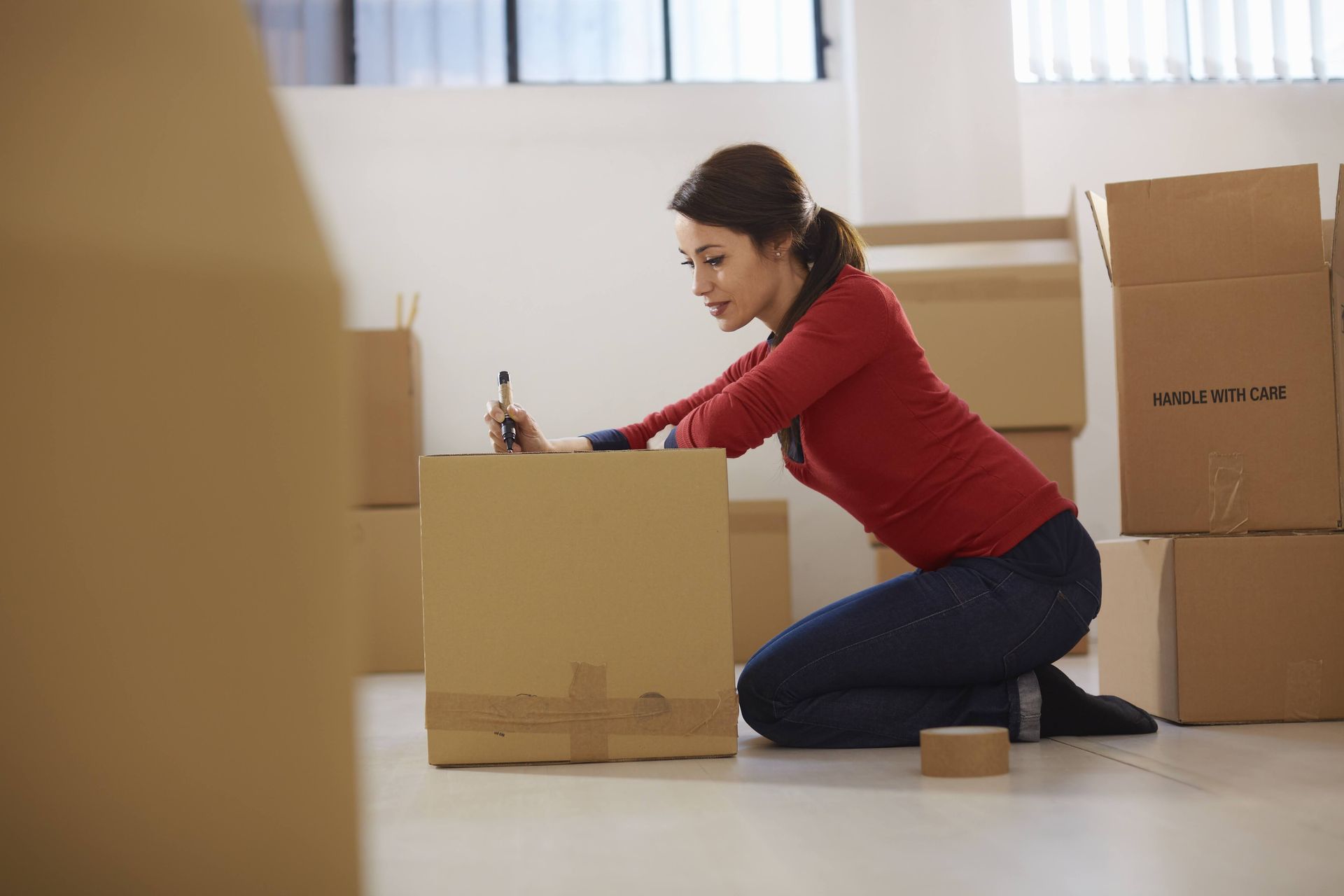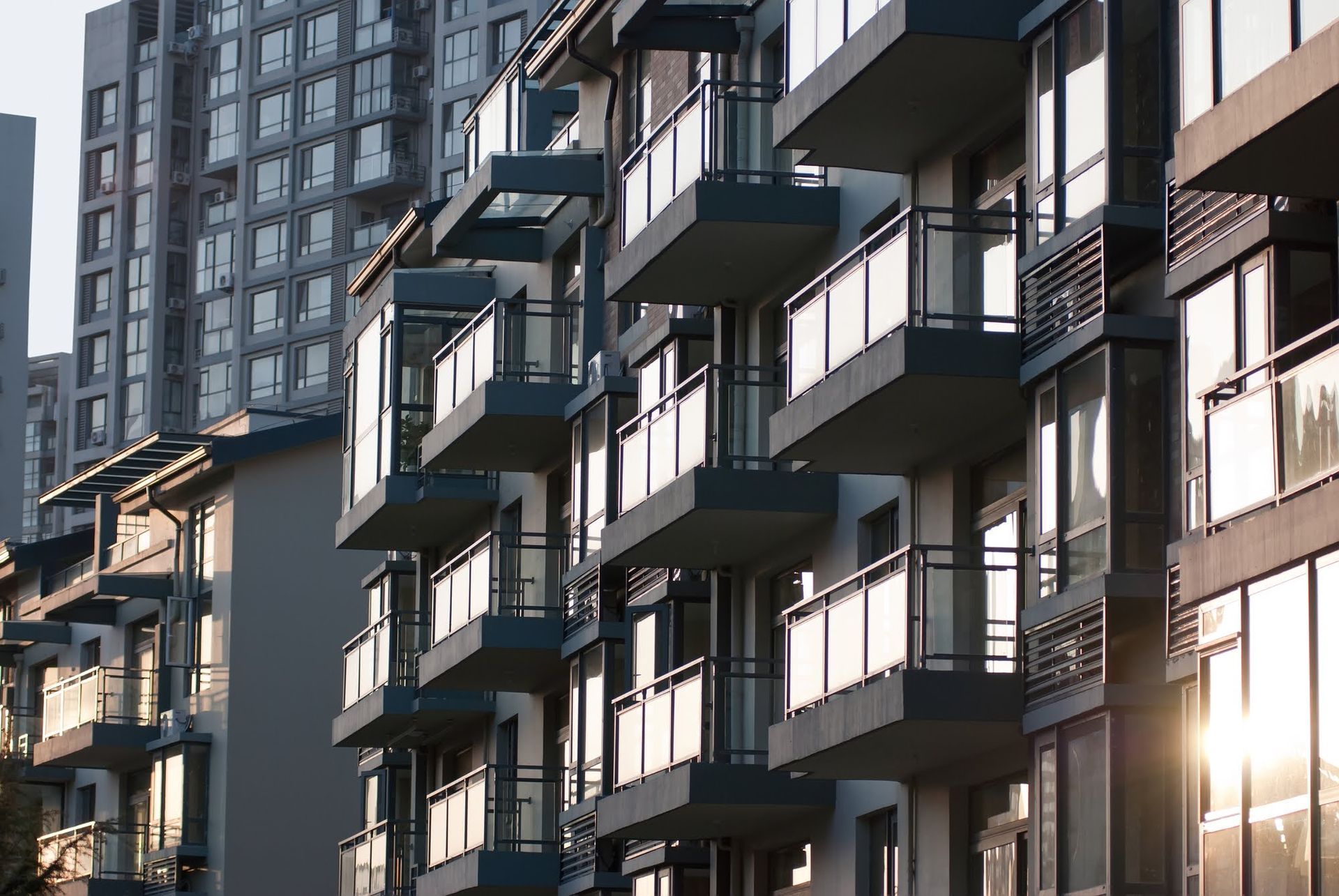Pros and Cons of 5 Packing Materials
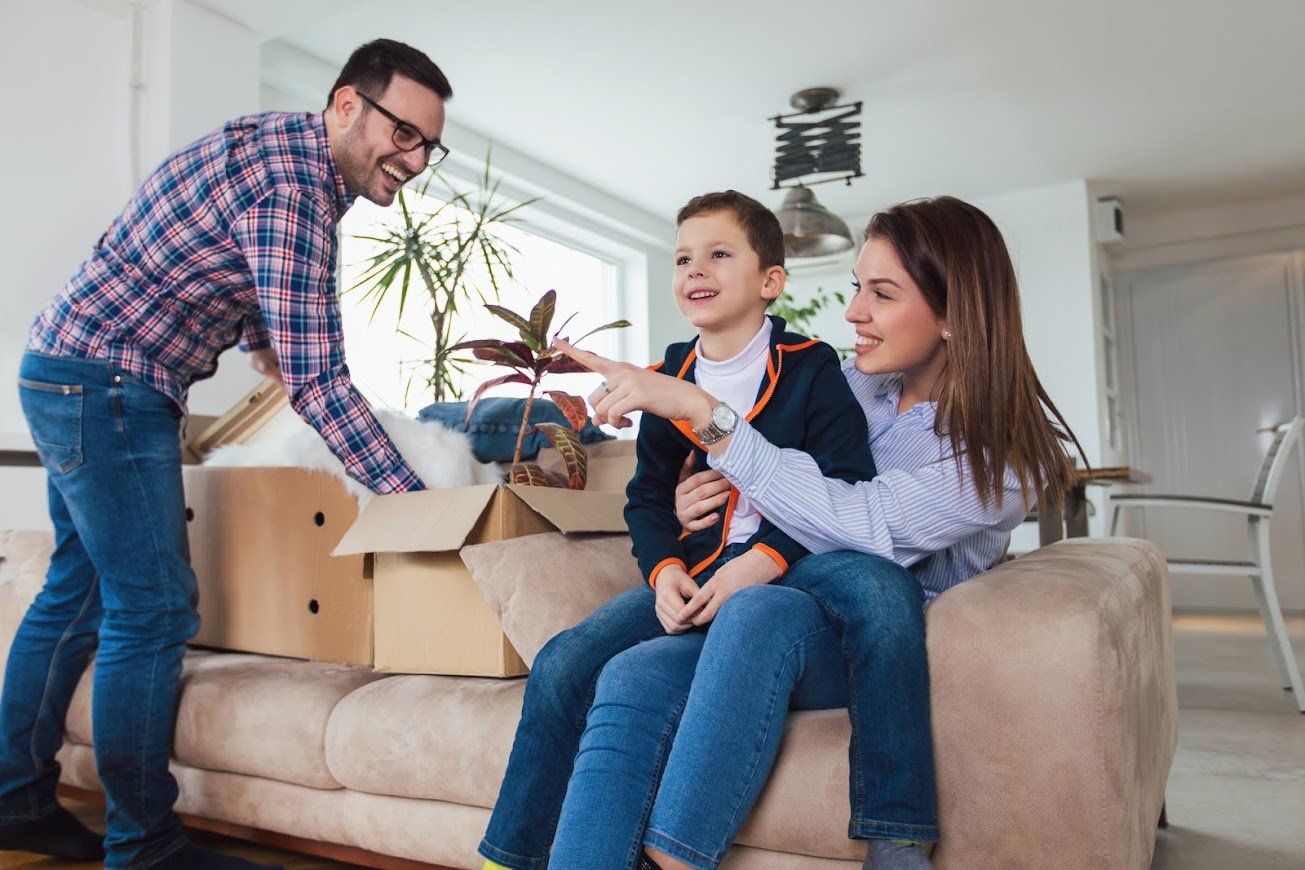
Few moving mishaps can cause more frustration, anger, or heartbreak than preventable damage to beloved possessions. No matter how much time and effort you put into packing your belongings, delicate items can easily chip, dent, bend, or break unless you choose the right packing materials to safeguard those items.
The more you understand the different benefits and limitations of specific types of packing materials, the more you can easily choose the right material for various packing challenges. Take a moment to study the pros and cons of the following five common types of packing materials and structures.
1. Cardboard Boxes
When you envision a home all packed up for a move, your mental image probably includes stacks of cardboard boxes. This popular, traditional type of container offers some obvious attractions, from its relatively lightweight to the variety of sizes and shapes available. You can also write directly on the cardboard with ease.
Cardboard offers another important benefit: flexibility. For instance, cardboard banker boxes unfold into a flat configuration so they take up less space in your storage area or disposal bin. You can break down other kinds of cardboard boxes almost as easily by cutting the panels apart with a knife and squashing the whole assembly flat.
As convenient as cardboard boxes may prove, keep in mind that cardboard suffers from the same vulnerabilities as other paper products. Water exposure can quickly turn it into mush, with the water penetrating the items within. Cockroaches and other pests may view cardboard as a food source and chew holes in it.
2. Plastic Containers
Plastic containers come in a variety of forms, including sealed tubs and ventilated milk crates with open tops. If you worry about moisture or pests infiltrating your cardboard boxes, plastic tubs make a smart alternative. Clear tubs also let you see exactly what each tub contains, even if you forgot to attach identifying labels.
Plastic milk crates don't offer the same degree of protection for their contents, but they can still prove highly practical in other ways. For example, the holes and handles on these kinds of containers allow for easy lifting, while multiple crates of the same type stack easily and securely. They also let you see exactly what they hold.
Unfortunately, plastic tends to weigh more than cardboard, which may make your move more effortful than necessary. If you want to fold your plastic containers down for flat storage, you must buy containers specifically designed for that application. Don't forget that milk crates offer little protection against the elements.
3. Newspaper
Newspaper counts as one of the most convenient of all packing materials to obtain and use as stuffing to cushion your belongings. Even if you don't subscribe to daily newspapers or magazines, you may have piles of old issues hidden in your garage, or your friends and neighbors will happily let you take old papers off their hands.
However, newspaper and other printed paper materials pose their own potential problem: ink transfer. The inks used in these publications can easily smear and rub onto your possessions, especially if you move during hot and/or damp weather. If this risk worries you, use plain paper or old clothes as a substitute for newspaper.
4. Styrofoam and Packing Peanuts
Styrofoam can provide excellent cushioning for items vulnerable to breakage during shifting. If you kept the styrofoam cushioning panels that came with your various electronics items, you'll find that they encase those items perfectly for optimal protection. Loose packing peanuts fill gaps between items and their containers handily.
One downside of styrofoam involves the mess it can make during unboxing. You may wind up with packing peanuts or bits of stray foam all over your residence, necessitating extra cleanup. Styrofoam also poses concerns for environmentally conscious movers because it tends to sit in landfills for years without degrading.
You can use packing peanuts without harming the environment by choosing biodegradable alternatives to traditional styrofoam. These peanuts, made from recycled starches, can cushion your possessions quite effectively. However, they weigh more and cost more than styrofoam.
5. Air-Filled Cushioning Materials
Air-filled cushioning materials can help you keep delicate belongings safe and sound in their containers throughout your move. Two popular options include bubble wrap and air pillows. Bubble wrap consists of plastic sheets dotted with tiny air-filled chambers, while a typical air pillow features a larger, individual air-filled chamber.
If you decide to wrap your paintings, glassware, and other delicate items with bubble wrap, bear in mind that this packing material can't provide total protection by itself; it works better when combined with other packing methods. Air pillows will burst and deflate if you place them next to jagged or sharp belongings.
You'll never have to worry about what packing materials to use in your next move, or how to protect specific belongings against damage during the move when you enlist the aid of United Moving & Storage. Our experienced team at United Moving & Storage can pack, crate, and transport even the most challenging items with professional skills. Contact us today.
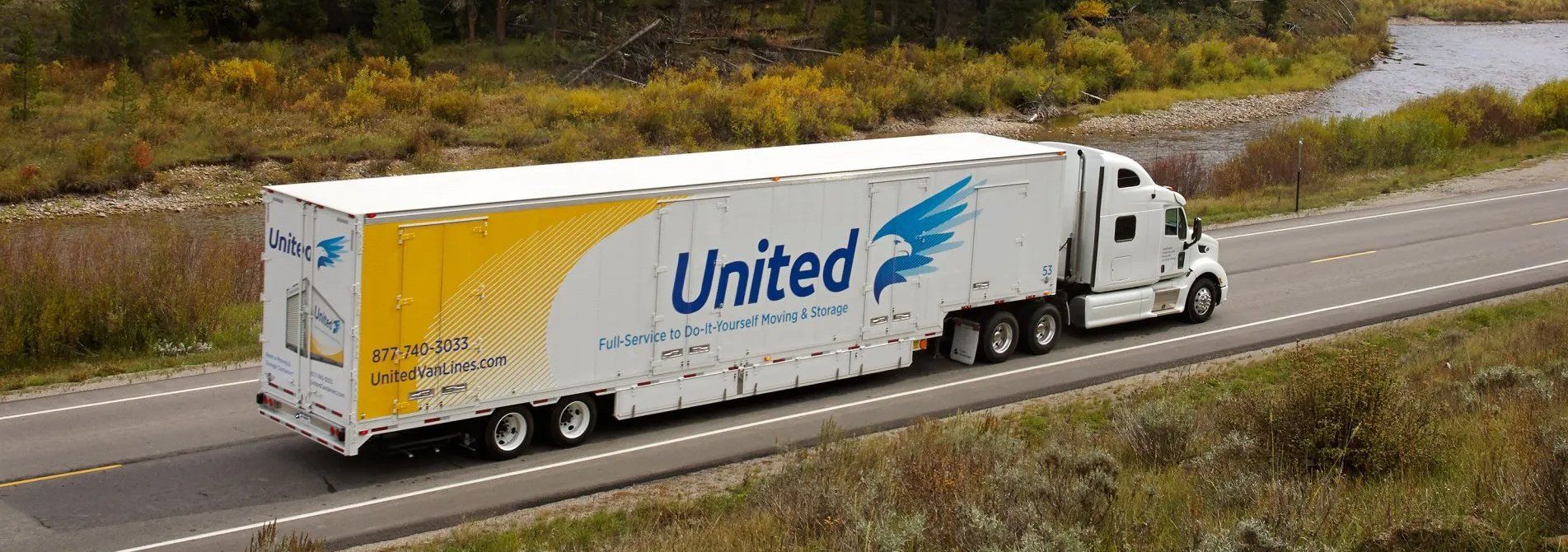
contact information
Address: 1770 Northeast Fuson Road Bremerton, WA 98311
Phone: (800) 344-0147
Email: sales@united-moving.com
License #: ICC: MC139446 / US DOT:295017
WA UTILITIES: CC001855



Business Hours
- Mon - Fri
- -
- Sat - Sun
- Closed
Thank you for contacting us.
We will get back to you as soon as possible.
Please try again later.

